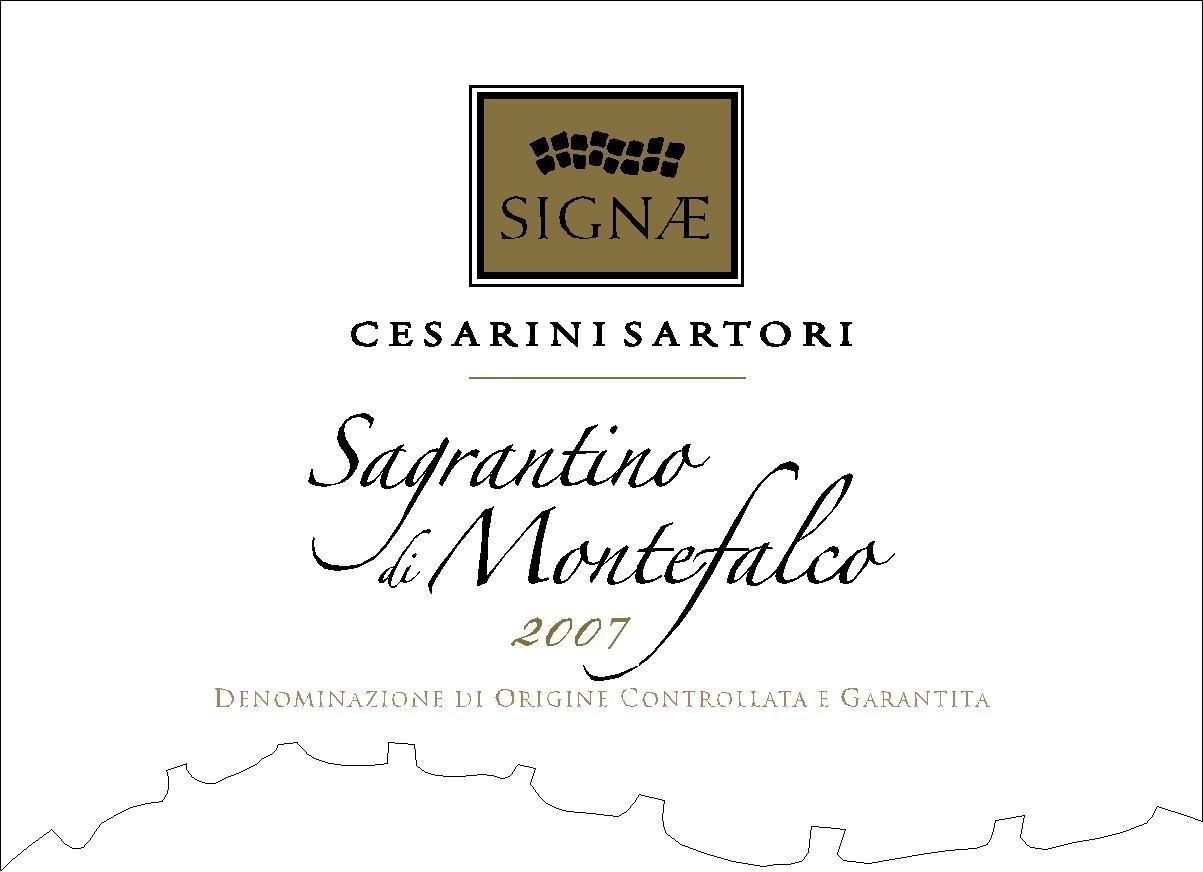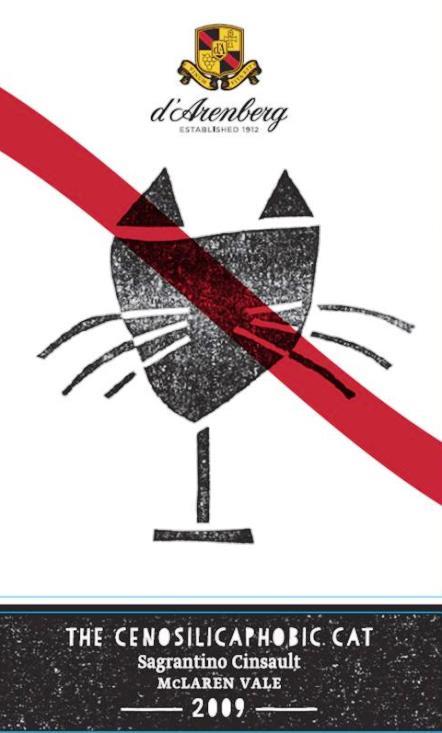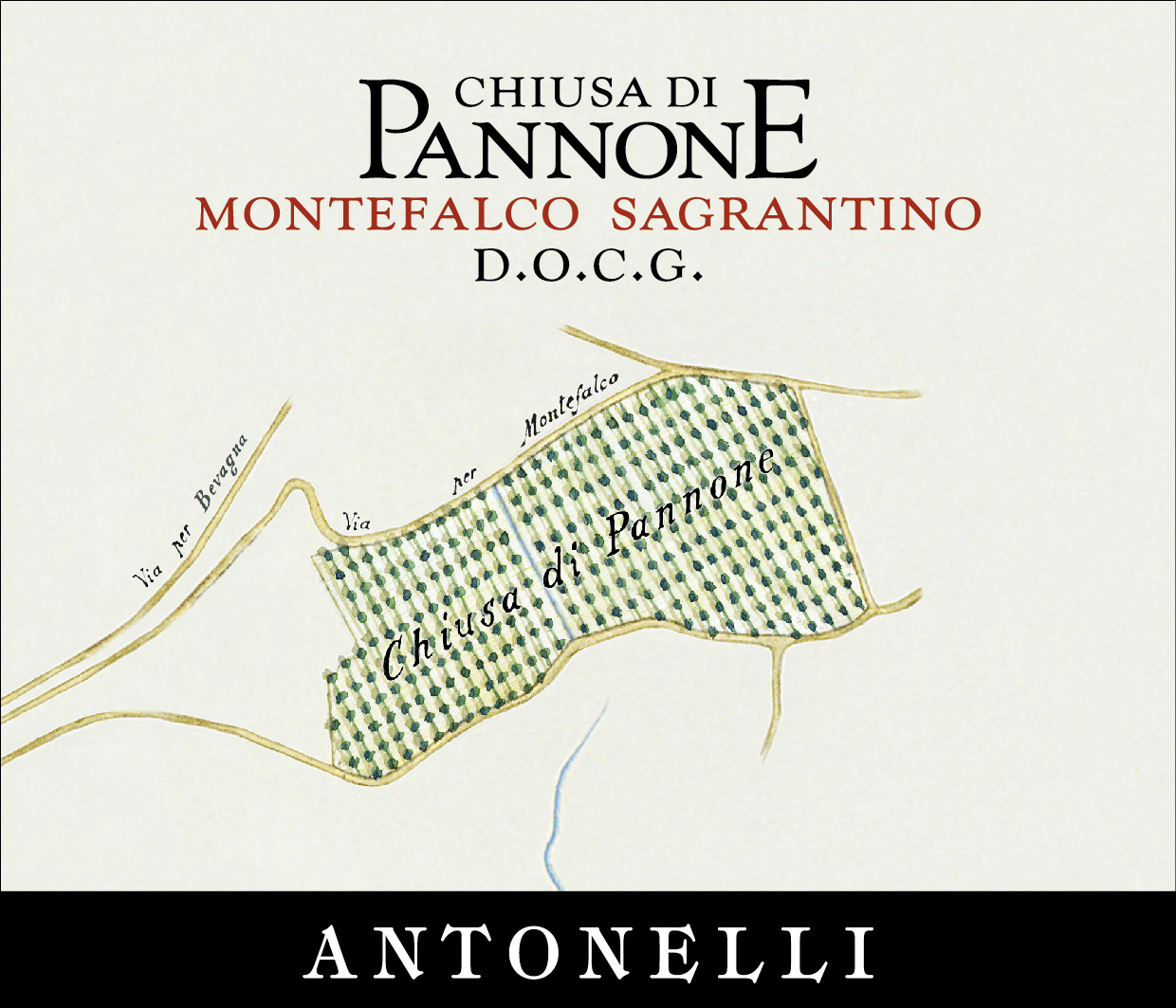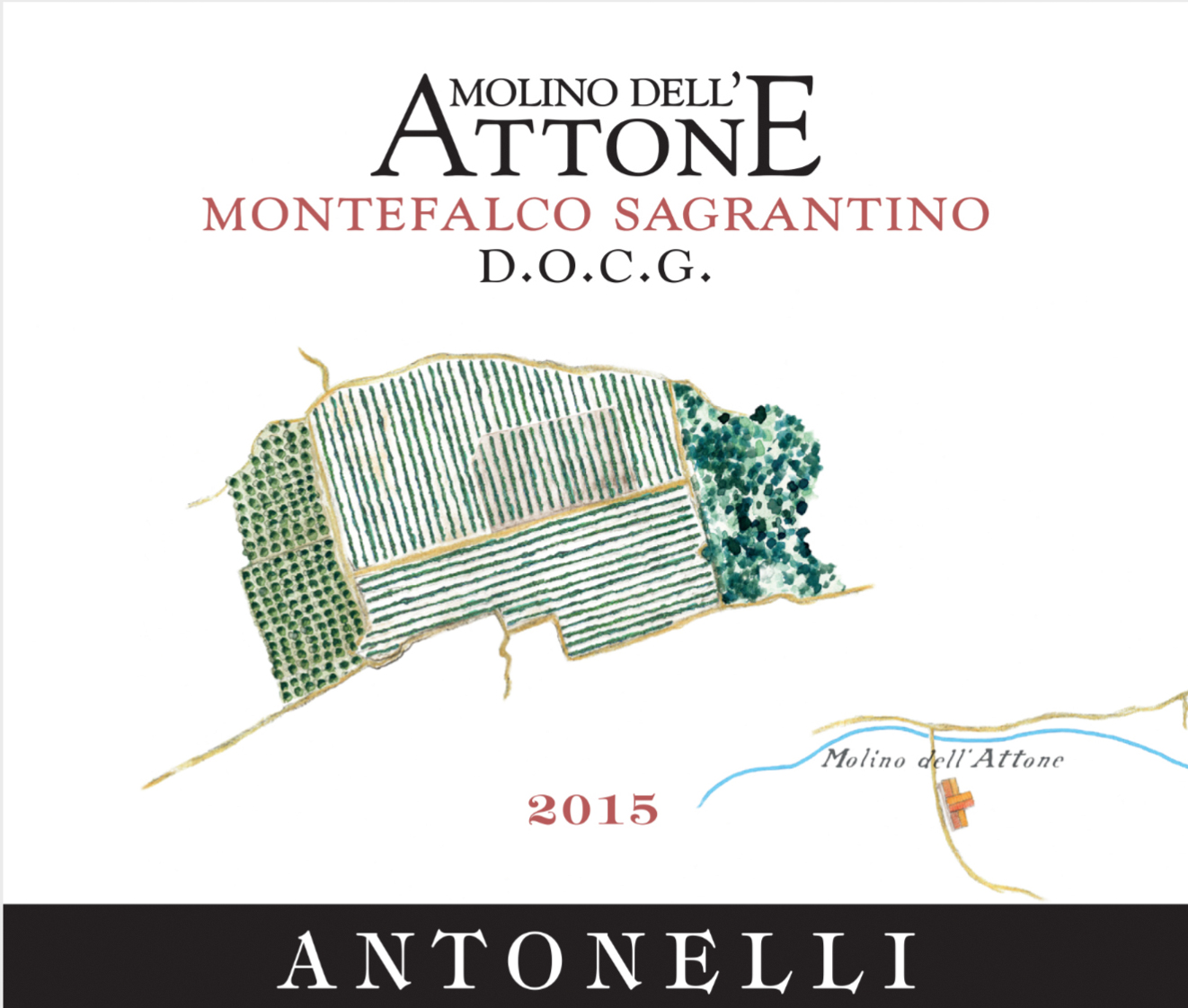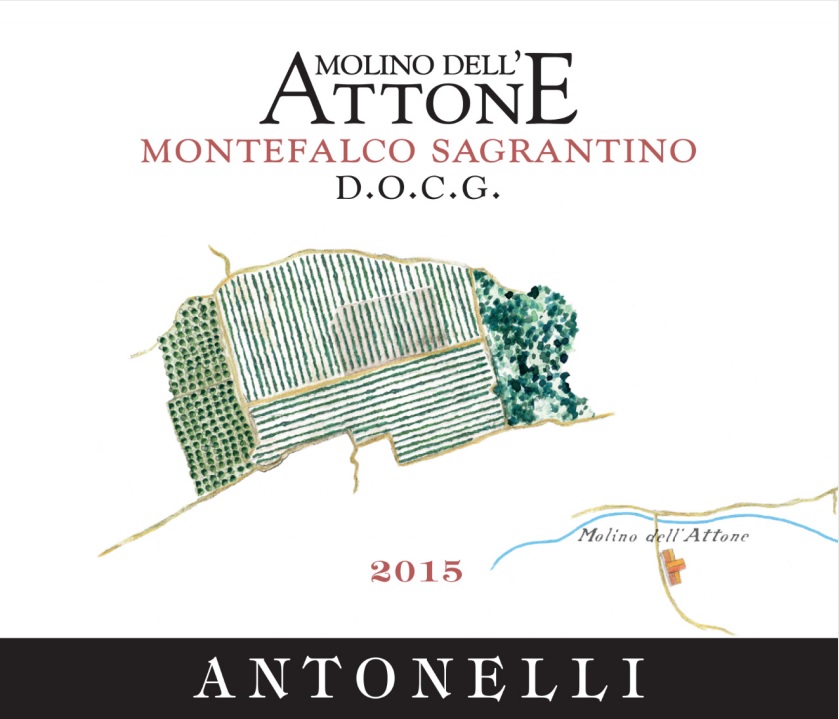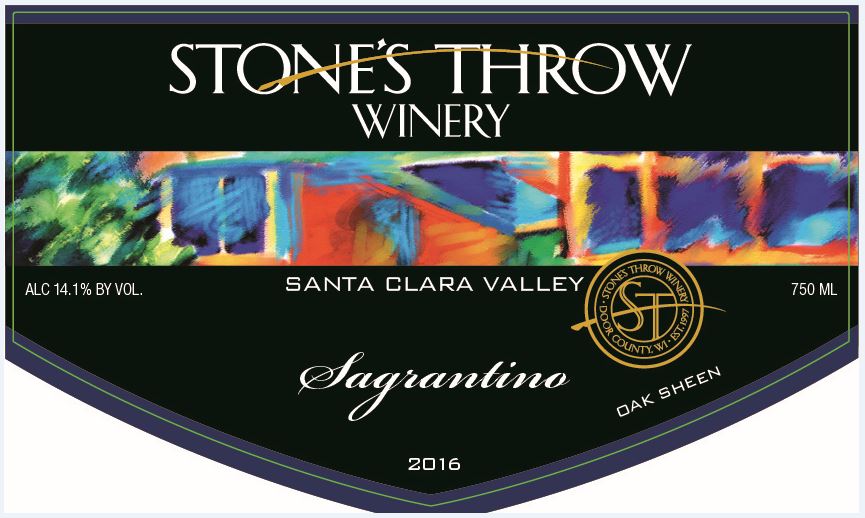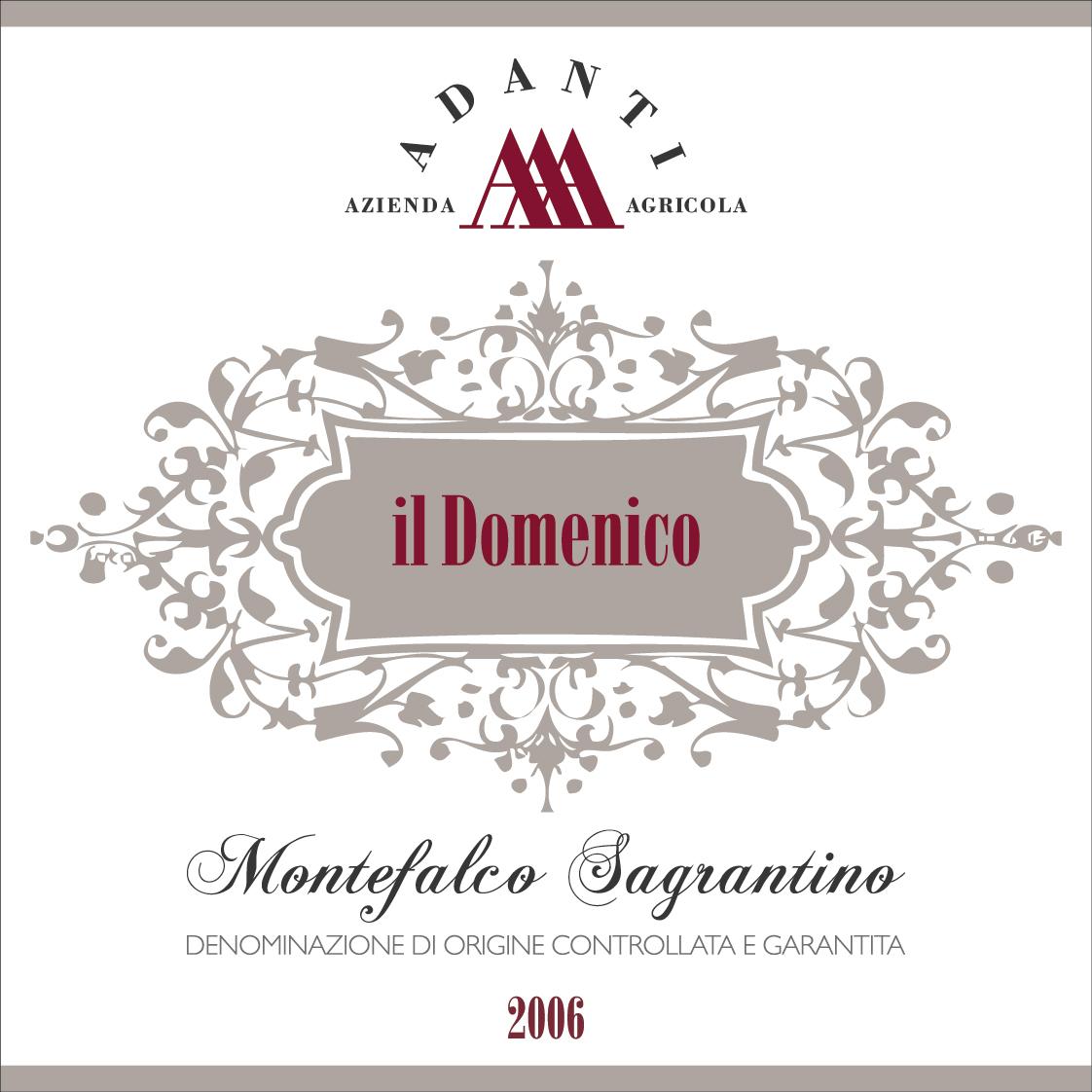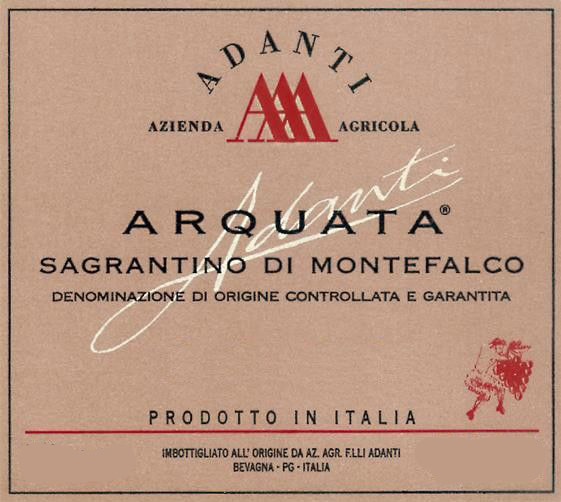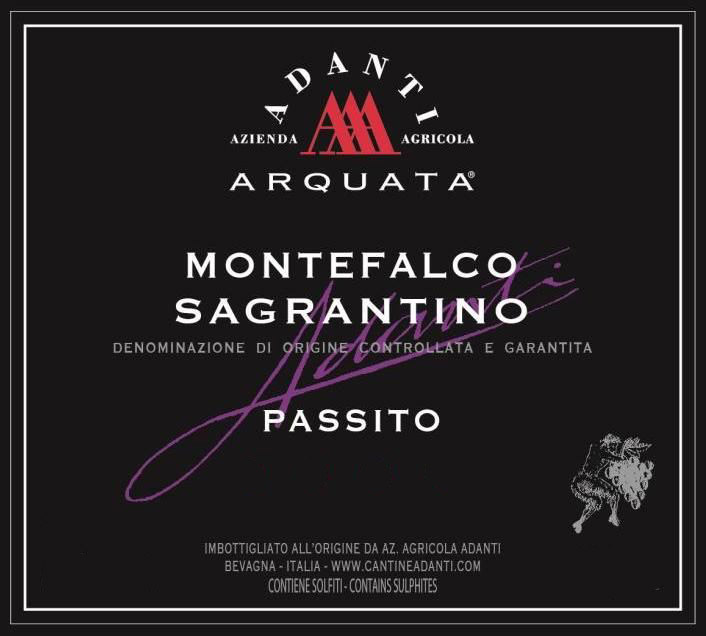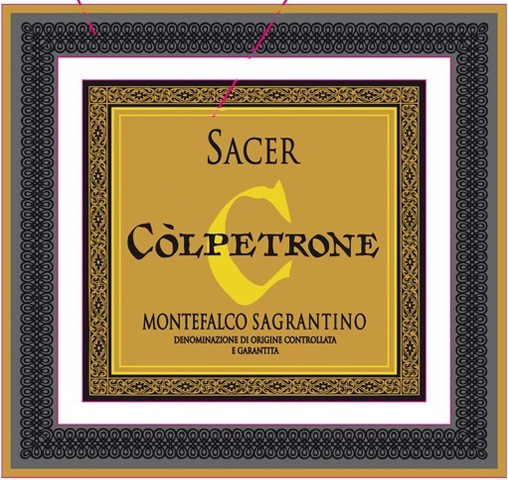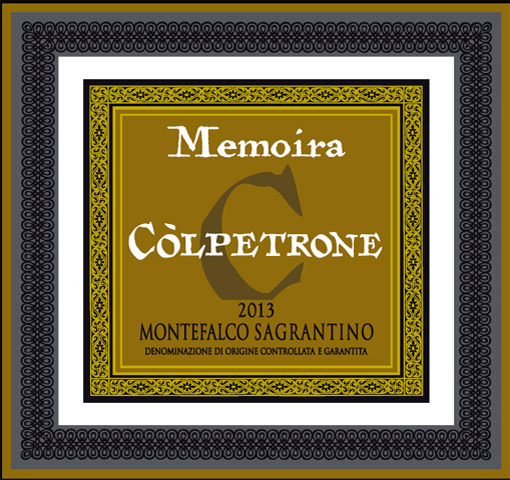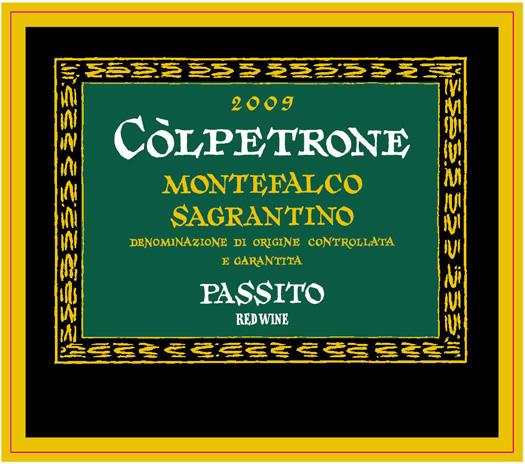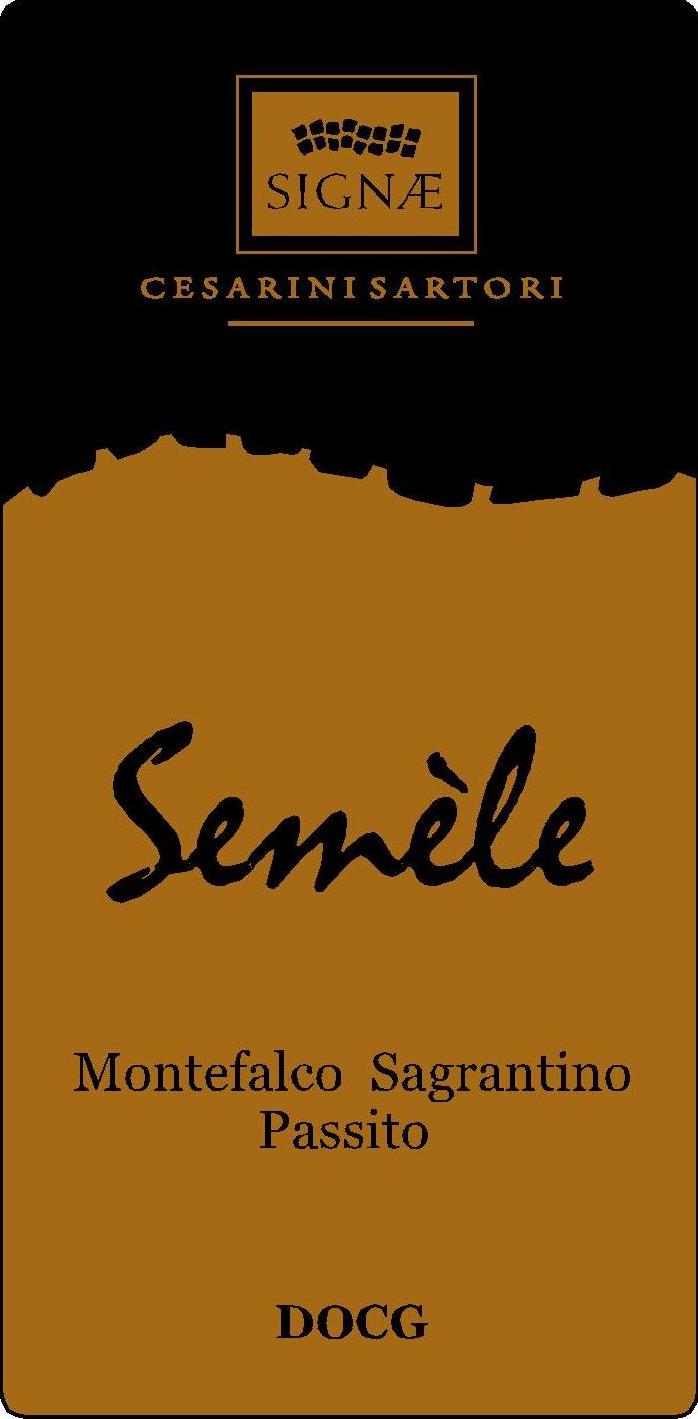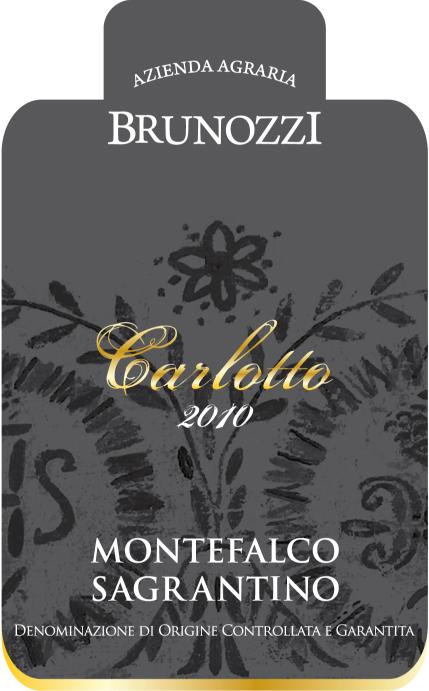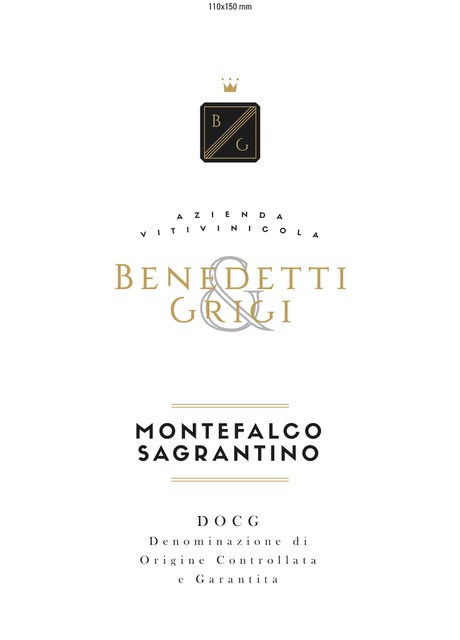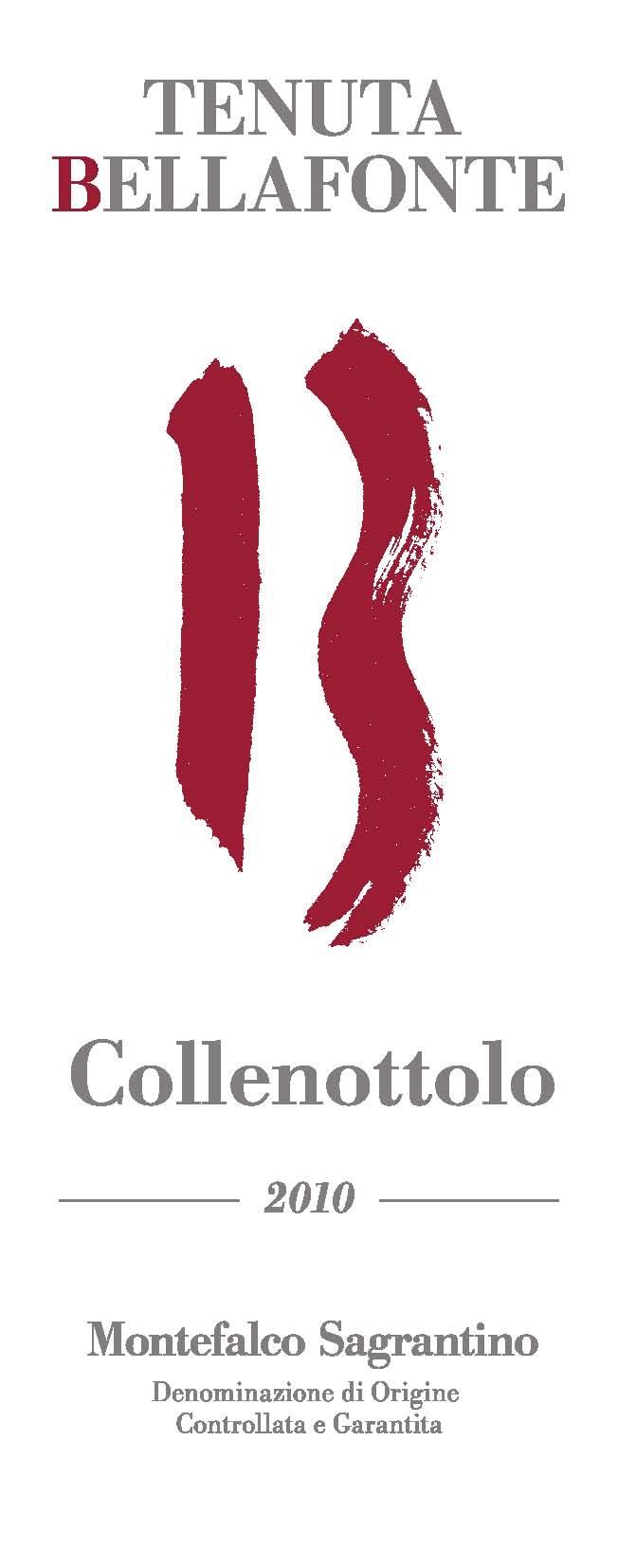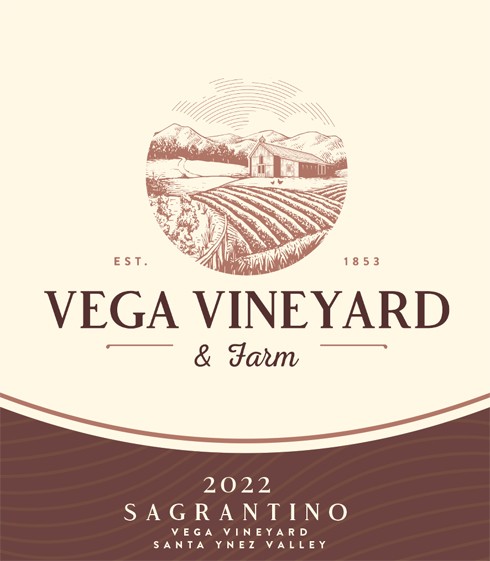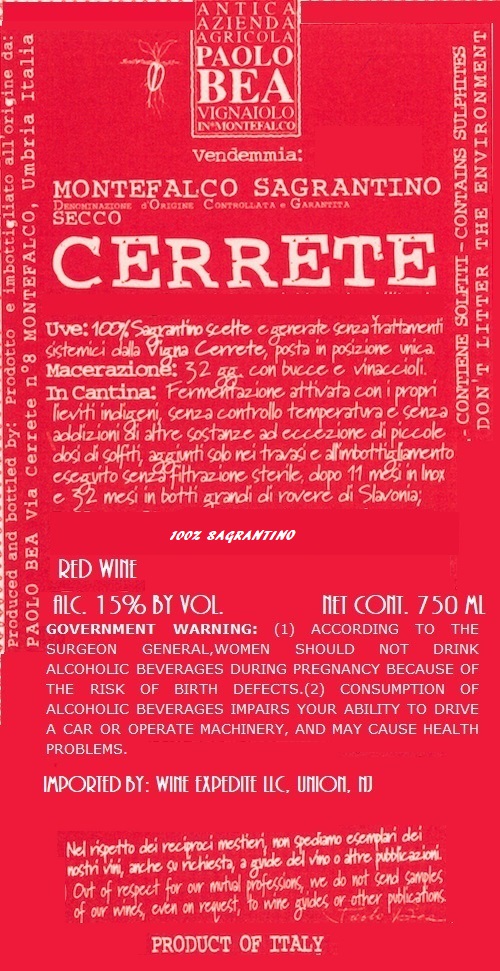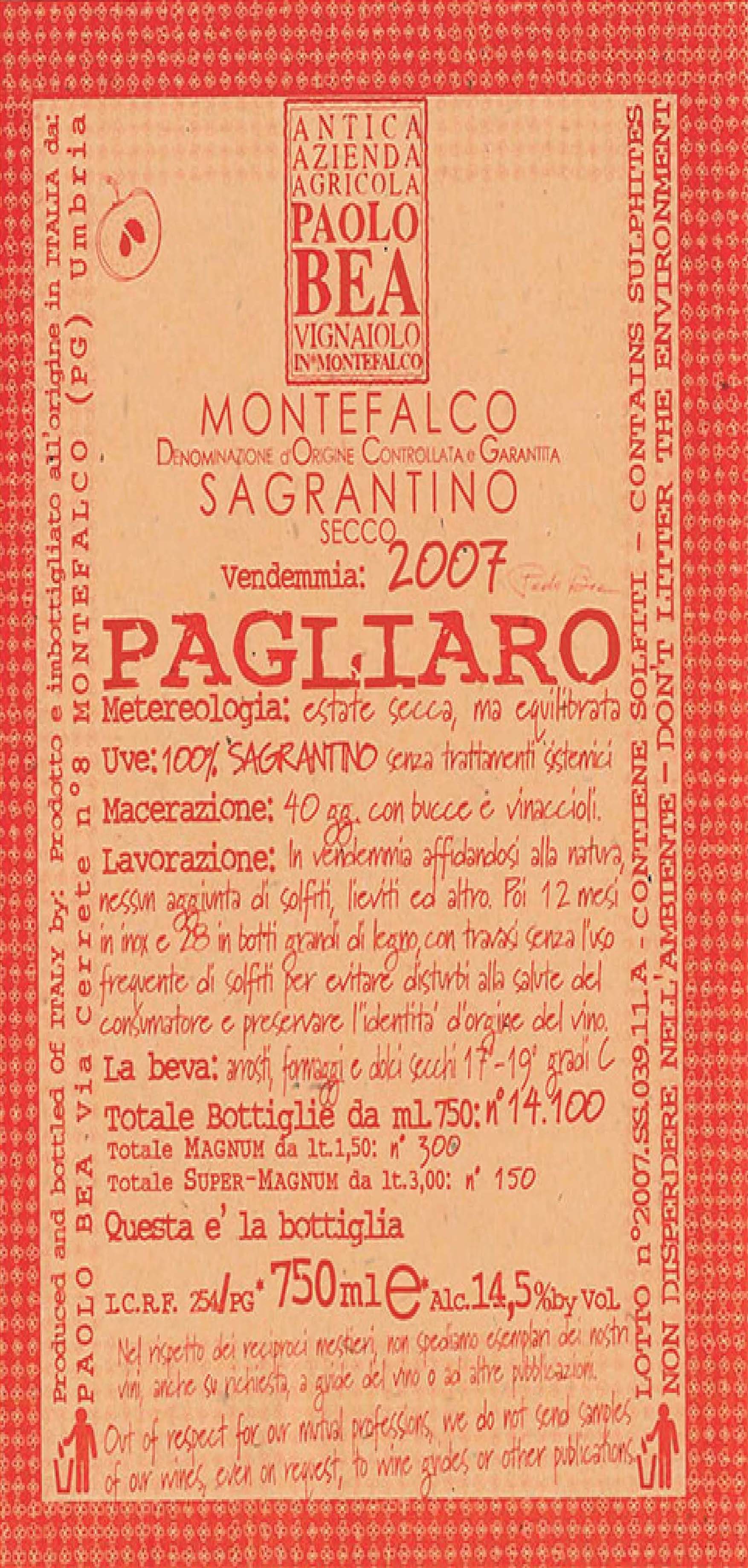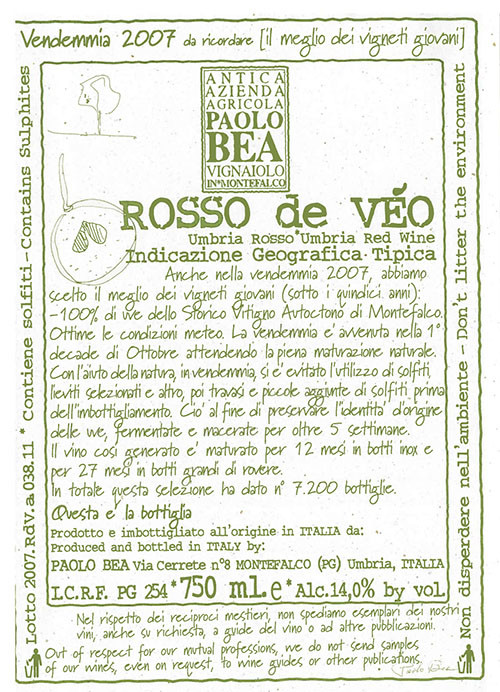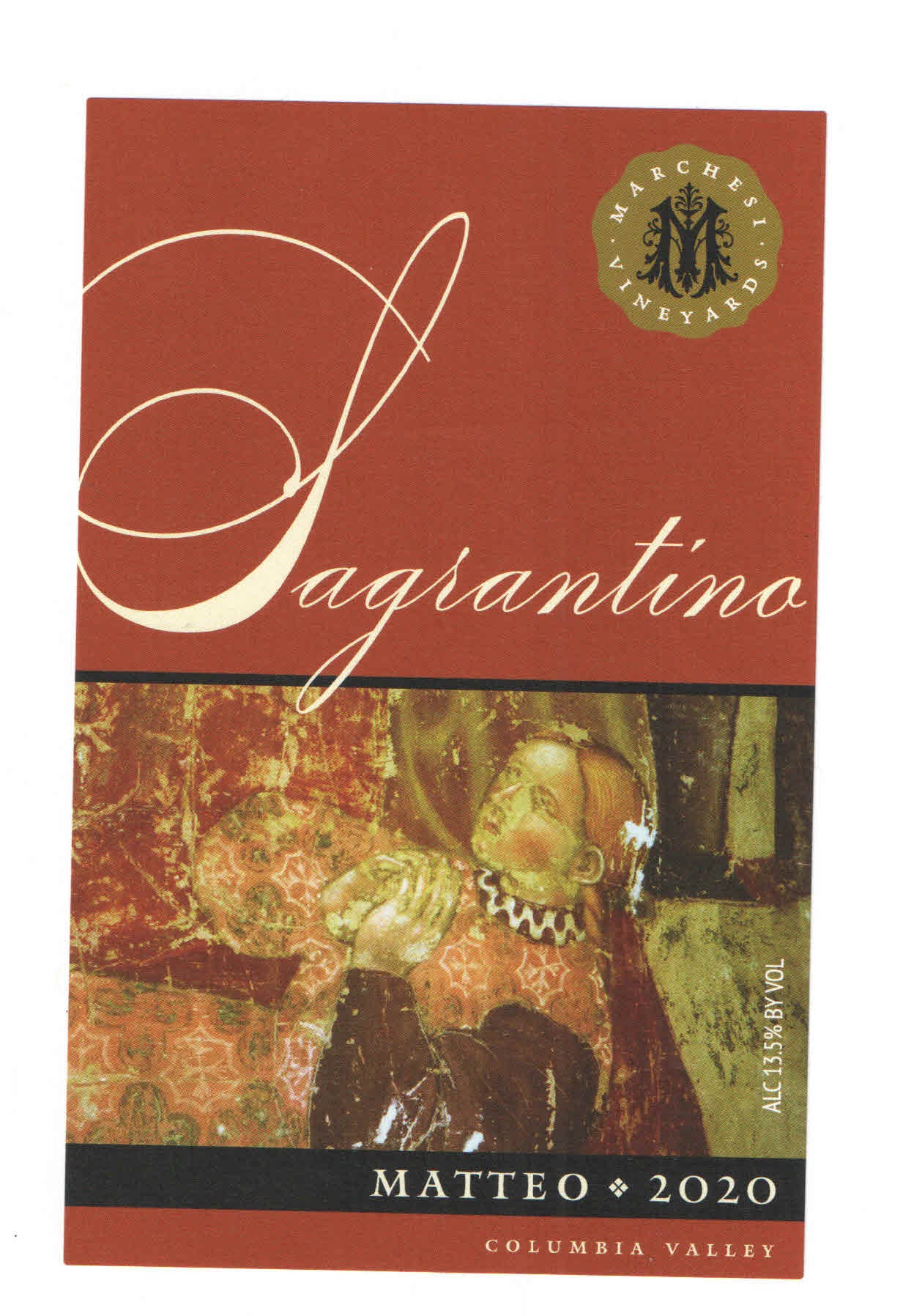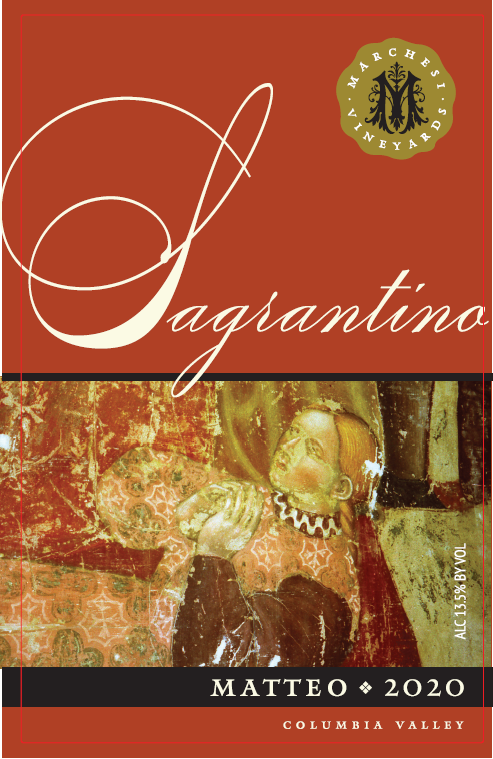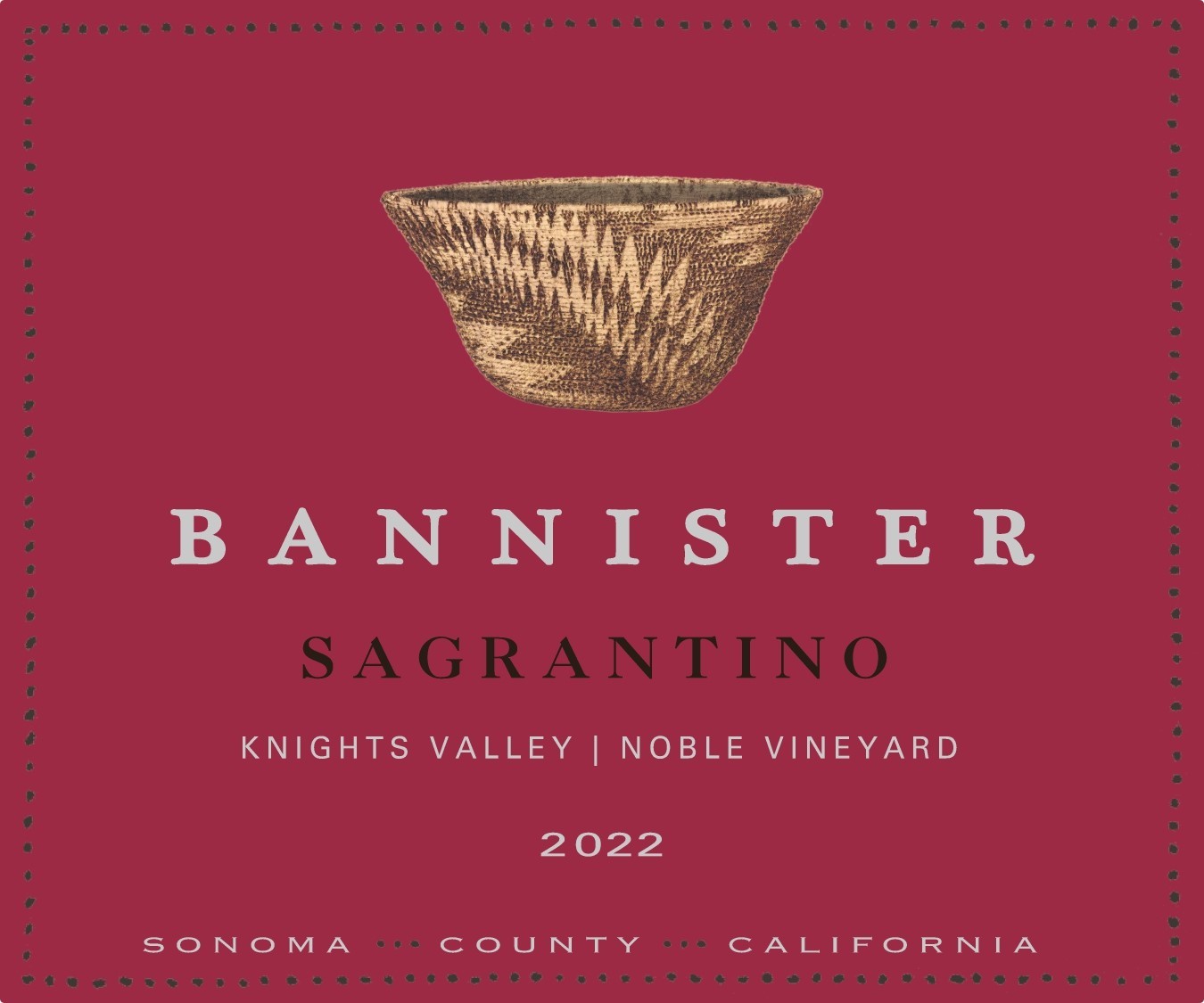Characteristics of Sagrantino
Sagrantino is instantly recognizable for its deeply pigmented, almost inky wines, thanks to the grape’s thick skins and high tannin content. The clusters are small to medium, slightly conical, and often winged, with medium-sized berries that deliver bold dark fruit flavors.
Sagrantino tends to flower and reach veraison early in the season but is harvested late, typically in late October in Umbria, resulting in wines that are powerful and structured with notes of black plum, cinnamon, and earthy undertones. The vine is vigorous in growth but low-yielding in grape production, making it a standout choice for those seeking robust, age-worthy reds.
What Does Sagrantino Taste Like?
Sagrantino’s distinct character is deeply influenced by its regional origins and winemaking choices. In its classic home, you’ll find aromas of violets layered with dark fruits like blackberry, black cherry, and plum, often accented by subtle herbal and spicy notes—think cinnamon and nutmeg.
-
Regional Influence: Sagrantino’s traditional style showcases a complex interplay of dark fruit, floral, and earthy notes. As the wine ages, smoky and earthy undertones emerge alongside secondary flavors such as tobacco, leather, clove, licorice, and coffee, highlighting the grape’s expressive nature in its native terroir.
-
Oak Aging: When matured in oak, Sagrantino develops added nuances of vanilla, along with its signature bitter chocolate and warming spices, amplifying its depth and structure.
A typically medium to full-bodied wine, Sagrantino is defined by its high, chewy tannins and vibrant acidity, ensuring these layered flavors remain balanced and memorable.
Notable Region Sagrantino Grows In
Sagrantino’s character is deeply shaped by its growing region, with each locale bringing out distinct facets of the grape’s naturally bold personality.
-
Italy – Umbria (Montefalco): The historic heartland, where Sagrantino reaches its most powerful and structured expression, often marked by dense tannins and profound depth.
-
Australia – South Australia, Victoria, Granite Belt: Australian producers focus on softening Sagrantino’s intensity, crafting wines that are more approachable and fruit-driven while still maintaining the grape’s signature grip.
-
United States – California and beyond: In California and select states, Sagrantino thrives in warm, dry climates, resulting in bold, ripe wines that highlight both fruit and spice.
-
Brazil – Bento Gonçalves, Rio Grande do Sul: Limited plantings in southern Brazil offer a fresh take, with lighter structure and vibrant fruit, demonstrating the grape’s adaptability.
Food Pairings
Sagrantino, a bold red wine from Umbria, pairs beautifully with a variety of flavorful dishes and regional favorites.
-
Sagrantino Secco is a perfect match for hearty fare like wild boar stew, grilled lamb chops, or a juicy steak, as its firm tannins balance the richness of the meat.
- Try Sagrantino Secco with aged cheeses such as Pecorino, which highlight the wine’s intensity and add a savory, nutty touch.
-
Sagrantino Passito complements not-too-sweet desserts like biscotti or nutty pastries, and pairs surprisingly well with aged Pecorino or Umbrian Easter bread, Pizza di Pasqua, for a delicious mix of sweetness and complexity.


